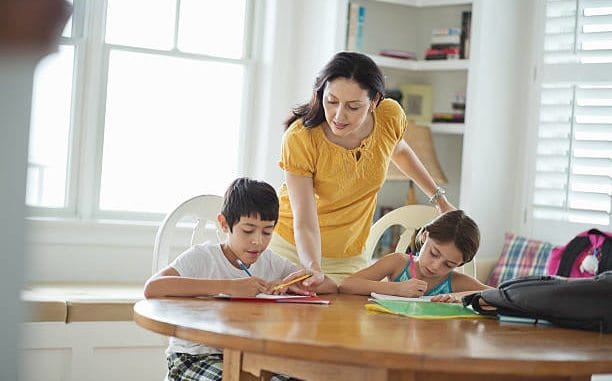
Narration Literature
Narration Literature seven-year-old Esther sits in her chair listening as her mother reads a well-written text on biology. Mom reads a passage or two and then asks the child to retell in her terms what was learned. Then Esther eagerly relates the content of the story, often using some of the same descriptive expressions as she heard. Mom agrees and reads a few more paragraphs. When the lesson is complete, Esther happily leads off to her next experience in school. In a few weeks, Esther will be asked to relate what she learned from the book on natural science. She does so with the near-perfect recall.
Narration Literature Process
Does this scene seem unlikely to you? Not only is it likely, but it is also happening around the US and abroad with increasing regularity. The process of retelling what is read or heard is called narration. This method is one of the easiest and yet most thorough ways youth can learn. British educational reformer Charlotte Mason urged narration as the genuine way for a child to recall new knowledge.
Narration Literature What is narration?
Naturally, the narration is the repeating back in one's words what has been read aloud or read silently. Most children enjoy explaining to you what they learned. To have a grown-up listen to the story, they tell laughing eyes and joy is something any child loves. Charlotte Mason believed that this love of retelling could be used as a basis for self-education.
Narration Literature as Self-education
Much learning in classrooms and homeschools today is by rote memorization. This means of education is the least efficient because the child is committing the knowledge to memory for the idea of using it in an examination, often with little or no understanding
Narration Literature
Charlotte Mason says that the brain of the learner as having an outer and inner core. The outer layer uses short-term memory and does not involve the personality; the inner layer uses long-term thought and is the place where the child's emotional and cognitive abilities. When knowledge is connected to the internal layer, the experience is not only retained it is understood and used by the child.
High-quality literature is crucial to narration
A child cannot narrate from a book with short sentences and graphics. They must have quality books, the masterworks, and non-fiction compositions that are descriptive. The creator of a high-quality publication has a passion for the subject and can inspire, and teach in a narrative form. In the words of Charlotte Mason, it is well-put and well-told.
How to do narration?
A child of 6 is ready, to start with, short narrations. Aesop's Fables is the most excellent way to start because the accounts are brief and contain few conflicts. You can increase the length of material as the child progresses. After a few years of consistent, regular narration a student should be able to retell a complete chapter.
Starting the Process
To start, sit with the child and tell him you are going to read the title and you want him to listen. Then explain he will need to repeat the title to you. Also, tell him he will need to retell the story in his own words. After you read the passage, wait a moment to let it sink in, then ask the child to retell what he heard. Listen but don't speak until he is done retelling his story.
If you are reading to more than one child, have one start, and the other can add to the narration. Repeat the process with the next passage and have them switch places in retelling the story.
A teaching parent can begin transcribing oral narrations from the first. Later, the child can write narratives separately. By sixth grade, a student will be writing the descriptions each day.
Beginning narration with older children
The process is the same; the student will progress faster. Begin with Aesop's Fables, later moving to more challenging literature. As you see progress, bring it into your child's regular studies, remembering to use the writing of literary quality.
Narration Literature Benefits
A few of the advantages of using storytelling as a learning process are attention, retention, expressive language, and higher levels thinking. Charlotte Mason believed that narration was the way a child could participate in his learning. Start this process as soon as possible and watch your child progress in self-learning.





